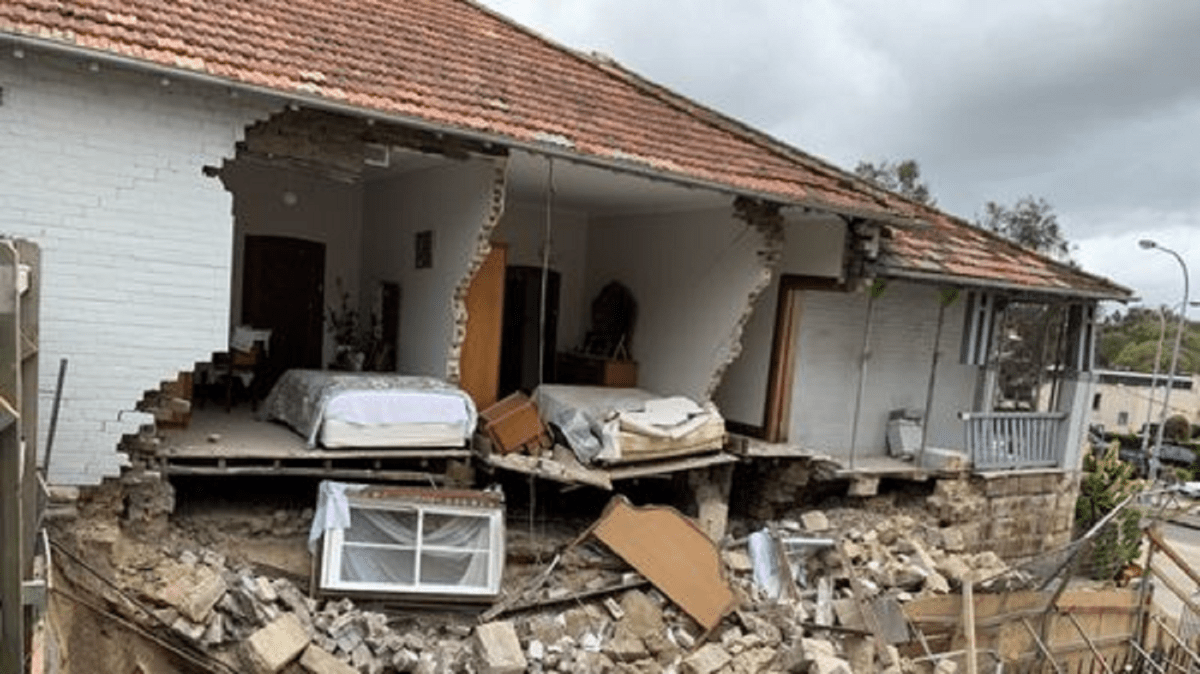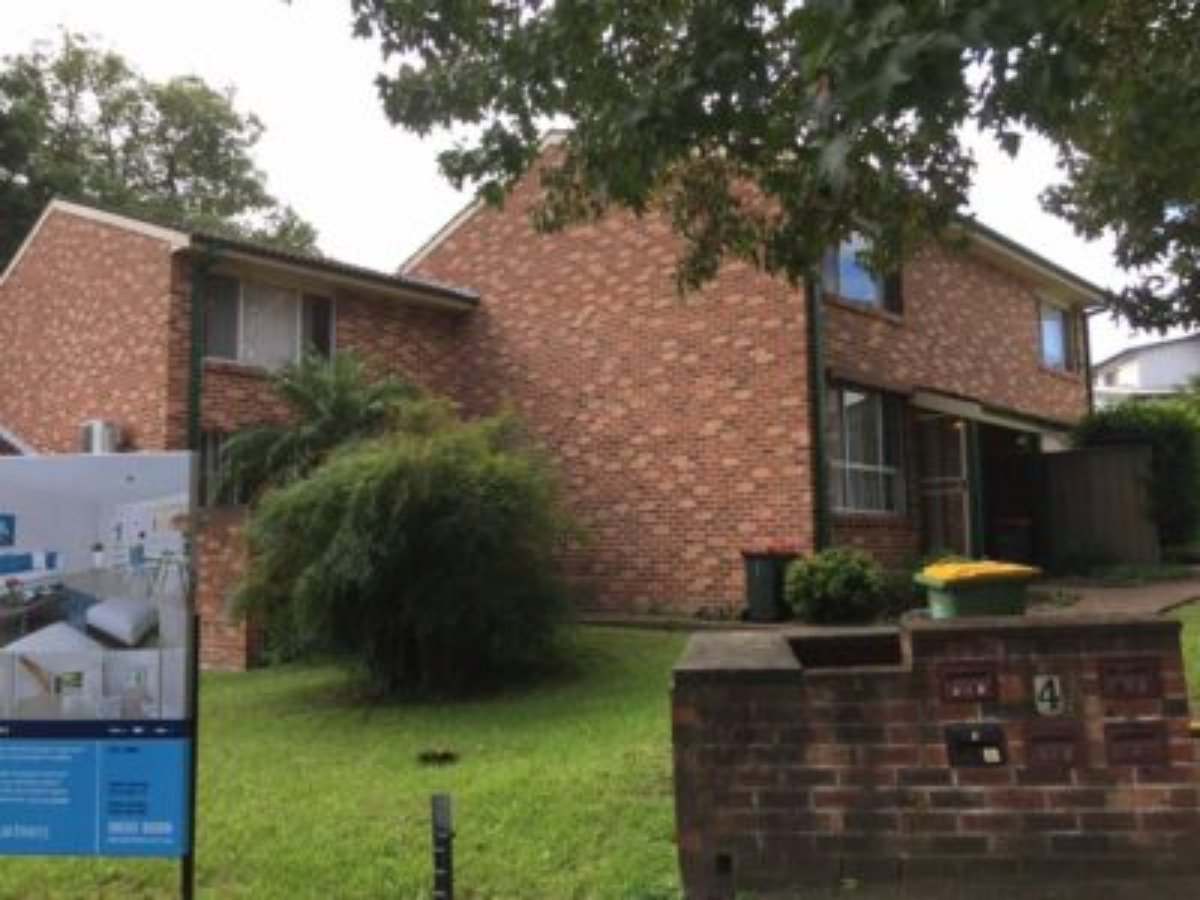
- April 5, 2021
- Effective Building
- 0
Most developers are shocked at the exhibits of non-compliant construction. Since the commencement of the Residential Apartment Buildings (Compliance and Enforcement Powers) Act – RAB Act in September 2020, the Occupation Certificate Audits were uncovered.
Good developers are mad that builders, consultants, developers, and certifiers ignore industry standards that affect the industry’s brand so much. Daily, Mr. David Chandler was being approached by builders and developers to lift the game.
Others haven’t shown much interest and think business as usual will prevail. He expected that readers of Sunday Telegraph covering the Stratfield project might start to get the message that ignoring the NSW construction reforms isn’t an option.
Shut Down Issued on Some Construction Projects
Two stop-work orders have been issued on this project. The first by Safework NSW, who had several attempts to get the builder on this site, was shut down. Moreover, all parts of the NSW government and local government network become the building regulator’s inspectorate’s eyes and ears.
It’s clear that when builders with less care repeat serious safety breachers on making a safe workplace, it’s inevitable that constant disregard for complying with building construction will be present.
Within three days of Safework calling out this project, their building inspectors had attended the project and issued a second stop work that needs to be resolved once this project is safe to continue work. This disregard for safety and compliant construction work will have severe consequences for this builder/developer.
There will be much more to this story. It even surprised that when Mr. Chandller spoke to the certifier, he was unaware that the project had gone past the street level where he claimed that a staged construction certificate was issued. He took to drive by and have a look.
When Mr. Chandler spoke to the engineer, he advised that there were no serious issues that would affect him issuing a structural adequacy certification. When asked about the notations on the engineering drawings necessary for construction as per Australian Standards, he claimed that these were quality issues and not his responsibility.
So, Mr. Chandler took this up with him and Engineers’ Australia. He said that engineers should step up and be professional. According to him, ignorance is not a defense to ignore Australian Standards.
Sad Reality Among the Designers and Constructors
After a recent survey of more than 1400 designers and constructors who work on multi-unit residential projects in NSW, up to 80% were unaware of the Design and Building Practitioners Act (D&BP Act). This happened despite the representations of almost every industry body who all sit at the policy table negotiating on every aspect of the companion and legislation regulations. It is time to step up the communications that seem to be missing on many who plead ignorance.
Last year in September, the RAB Act enabled the commencement of the Occupation Certificate. This act allows the NSW regulator with powers unavailable in any other state. These powers made the NSW government a little doubtful about it and wanted a reform on this.
Since the RAB Act started to focus on Occupation Certificates, developers compelled consumers to settle on their off-the-plan apartment purchasers.
The building inspectorate has more than 25 new inspectors in the field conducting Occupation Certificate audits, the area that they felt was the most pressing starting point to get developer attention. For example, when inspectors discovered potentially serious defects in the structure, fire systems, waterproofing, building envelope, and services leading to rectification and prohibition of occupation certificates.
More than 25 audits have been commenced for buildings that need to complete. Additional 10 audits have started for buildings that have achieved completion. More orders are being prepared.
12 developers were investigated for not advising of pending OCs. In the following week, developers on 5 projects commenced last March.
It is assumed that by July this year, over 50 projects will be audited. Moreover, it’s expected that 200 audits will be accomplished by late 2022.
Establishing and implementing new regulatory capability doesn’t happen overnight. However, everyone is committed to getting all of the new audit capabilities to stand up by the end of this year.
To target the riskiest developments, the supporting infrastructure is being developed and becomes more effective every month. The focus of all audit work will comply with the Australian building standards and development consents.
Audit Programs Being Mobilised
Beyond the OC audit program, the following audit programs are being mobilised.
1. Go Anywhere, Anytime Audits
These audits will happen anywhere a multi-unit residential project has started in NSW. Selection will be random. Some will be the result of tip-offs, others based on previous player records, and increase collaboration with agencies like Safework.
2. Design and Declared Design Audits
These audits will align with D&BP Act requirements. They geared up to audit as much as 15% of declared designs from September 2021. They plan to commence auditing development designs that have construction certificates from September 2020 starting this July.
The OC audits are pointing to serial designs whose project documentation is insufficient, or their involvement is faulty in certifying construction compliance.
3. As-Built and Declared As-Built Drawings
These audits align with current legislation requiring as-built drawings for products that started after January 1, 2018, and projects captured by the D & BP Act from July 2021.
The audit team will aim to audit up to 15% of drawings representing accomplished projects from September 1, 2020, onwards. These audits will prioritize the representation of the primary building elements in these projects’ common property to observe compliance with their design and the Building Code of Australia.
They will follow the project from the construction certificate to the occupation certificate and into the building’s early life experience. Audits will also identify the root cause of any buildings’ serious defects where the OC auditor will discover them.
These audits will start to provide the regulator and industry with a comprehensive review of where the industry’s fault lines are showing up. The intent is to work with manufacturers, designers, developers, contractors, installers, educators, and certifiers to target priority strategies to acquire more trustworthy building outcomes.
The data will also point to those players who should come in for quicker attention to lift their game. There will be far earlier consequences for those who ignore the NSW reforms.
Over the next year, the regulator’s work will create a distinct data stream that will be deployed to produce case studies of projects that all can benefit from. Both good and bad. This information will help inform future policy.
They are also working with 2 universities to make this data available for a new industry doctorate program. Here, they feel that opportunities should be created for mid-career practitioners to access higher professional qualifications while remaining in the workplace and influencing the industry.
Two priority opportunities will analyse the types of construction contracts used across the multi-unit market and a second to undertake a study of what happens to certified materials after they leave the manufacturer and get installed into buildings.
Modernising the NSW Construction Industry
There are still more things to do to modernise the NSW construction industry. Many need to be confronted with their own realities. These include some tier 1 builders and designers who seem unaware of what is happening on their projects.
2021 will be a year of confronting those who seem to ignore issues that their lack of attention to comply with or good practice should avoid. Many areas must be improved aside from the common severe building defects, such as wet areas.
Engineers are the first ones to take note. On every project where they have identified potentially severe structural defects, the engineer is a member of Engineers Australia.
When challenged with some of the issues they are observing, it seems anyone but them is responsible. They weren’t engaged to check this, or they couldn’t be there all the time. But they still issued certificates to attest construction depending on their design.
Design and Construct contractors are happy to take these certificates and sign off. These contractors need to focus on what their contract obligations require and not just what they want to hear. They need to attend to what they need to hear.
Manufacturers, designers, certifiers, and installers should anticipate visits to their premises in 2021. They are now using the RAB Act to call in certificates, specifications, drawings, and contracts for progress payments to understand how sub-optimal performances are being managed, ordered, claimed, and paid for.
Developers sell whole apartments to purchasers. They don’t sell them in parts. Developers engaging contractors and designers from here on will need to be mindful of the current Design and Building Practitioner’s Act.
They need to understand that an untrustworthy designer, certifier, or contractor could cost them dearly at the wrong time in the project cycle. Project managers also take note and receiver managers who may need to step into the shoes of a failed builder or developer.
2021 is a starting point to be a significant year of the NSW construction landscape. The reforms will deliver customers more trustworthy building outcomes. Like what Effective Building & Consultancy ensures to our customers, our goal is to rebuild customer confidence and lift investment in new residential development in NSW.
Two elderly people were inside the house in Sydney when its walls were partially collapsed. Neighbours described the event as Read more
Technology continues to evolve at an exponential pace, and there are many tools, systems, and services that need to understand Read more
Buying a new home in New South Wales may be a top goal for you to accomplish soon. Having a Read more





